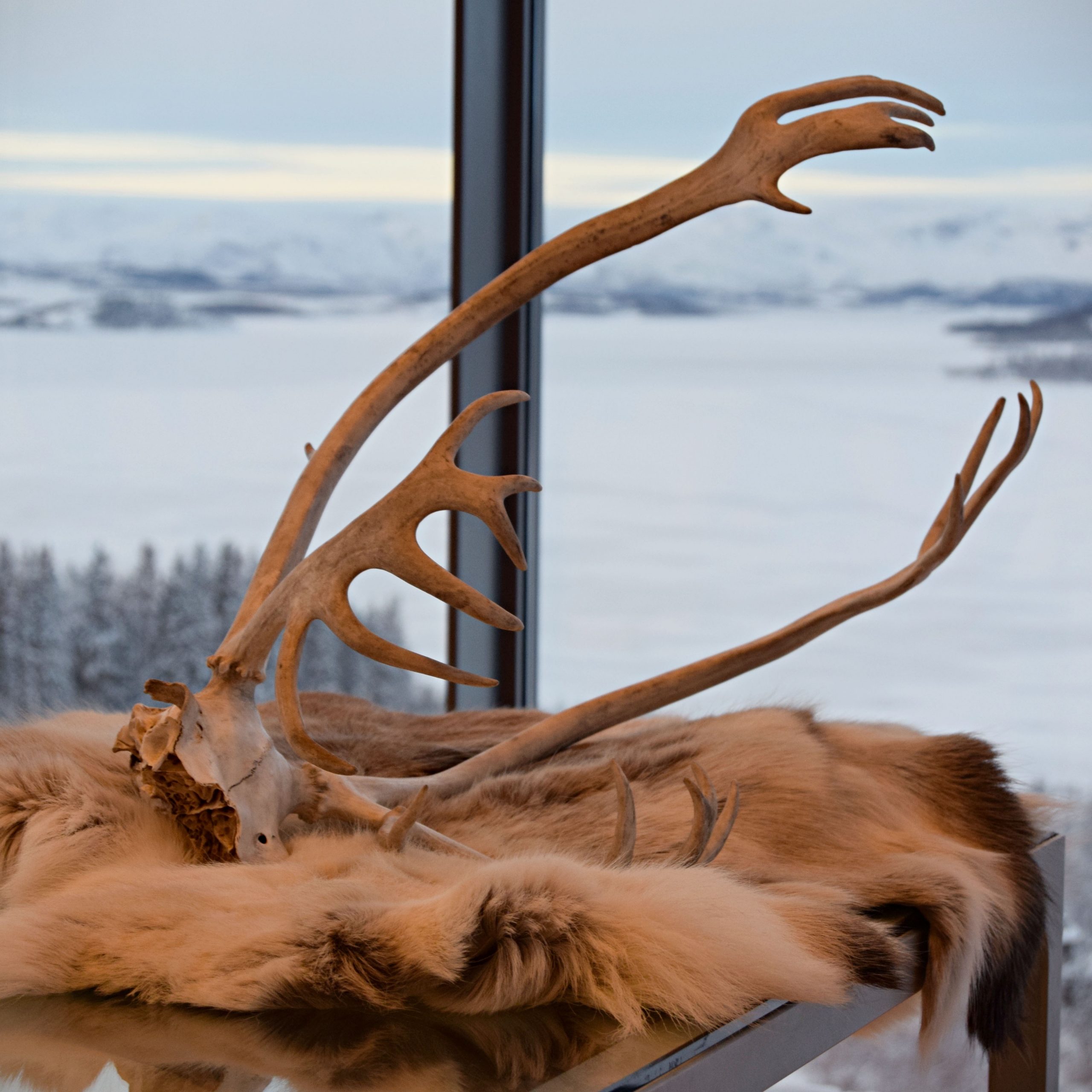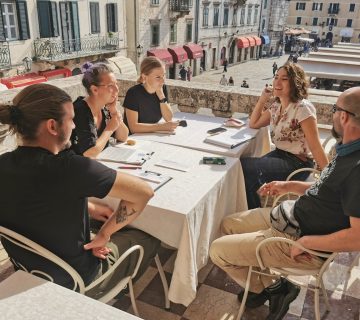After IE’s Certified Interpretive Guide (CIG) course, I never go to work without my interpretation toolbox.
In September 2021, I found myself surrounded by a spectacular vertical landscape of narrow fjords and towering mountains in Aurland, on the west coast of Norway. A contrast to my place of work at the Visitor Centre for the Hardangervidda National Park, situated in Skinnarbu, where I look out on the vast expansive landscapes of the Hardangervidda, Europe’s largest high mountain plateau at over 8,000 square kilometres. But I wasn’t just in Aurland to enjoy the beautiful autumn scenery of wooden fjord boats peacefully moored on the water or the delicious ripe apples overflowing in every garden in the quaint village of wooden houses. I was there for an intensive one-week course, the Certified Interpret Guide course, to soak up all the skills and knowledge I needed to create meaningful experiences with heritage phenomena. The course consisted of a comprehensive programme and after many hours of both theoretical sessions and practical exercises, I felt fully equipped with a new interpretation toolbox in hand to return to the visitor centre and put it all into action!
My interpretation toolbox, filled with various performance techniques and planning approaches, comes in handy when I work as a nature interpreter for the Hardangervidda National Park, Norway’s largest national park, where I spend my days communicating its natural and cultural heritage to the public and visiting school classes. The visitor center is dedicated to promoting understanding and positive attitudes towards Norway’s wild mountain reindeer, Rangifer tarandus, of which the largest population is found on the Hardangervidda plateau. These reindeer are in fact part of Europe’s last remaining populations, and Norway has, therefore, an international responsibility to take care of them. In addition to this, the centre focuses on teaching about the vulnerable high mountain ecosystem with its unique flora and fauna, as well as strengthening the understanding of the need for environmental protection and sustainable land area use related to this important natural and cultural heritage. The challenge is that the phenomena in question are often inaccessible, far away from the visitor centre, and particularly when equipped with legs, avoid humans at all costs. How do I then create meaningful connections to, among other things, the elusive reindeer that lies deep within the national park, when there is no chance of first-hand experiences?
During the course I found myself using this challenge as a backdrop for how I approached the practical exercises. Part of the course was to create an interpretive talk on a phenomenon at the end of the week. This was a great way to channel all of what we had learned into our own talk, which we were tasked to present to the rest of the course group. Using all my newly acquired interpretive skills and tools, I created a talk about the majestic reindeer using a life-size statue as my subject. Using carefully picked facts to support my main theme of the wild reindeer being “arctic kings but powerless to man and that their future is in our hands”, I enhanced them with a plethora of interpretive steppingstones, such as humanisation, narrative, explanation, comparison, descriptions and contrasts, as well as open-ended question to fully engage my participants. The result was that even without meeting the real-life reindeer the participants experienced revelation, admiration, respect, and concern for Norway’s wild reindeer heritage and ultimately a deeper sense of connection to this animal. Back at the centre I have been able to further develop this talk and utilise resources to enhance the experience with props like bones, skins and artefacts that allow participants to touch, sense and feel the animal during my talk.
My beloved interpretation toolbox has made making meaningful experiences possible at the visitor centre. Furthermore, it makes my job meaningful when I can see that spark in the visitors’ eyes as they lose themselves in the world of my beloved Hardangervidda and all of this spectacular nature that calls this place home.
Eleanor Mary Charnock, is a nature interpreter at the Visitor Centre for Hardangervidda National Park, Skinnarbu, Norway, with a background in ecology and natural resource management. Eleanor can be contacted at: eleanor@hardangervidda.com.




